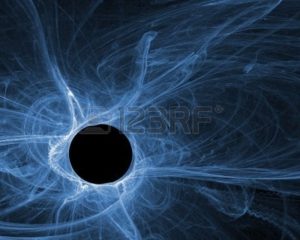“simple stone upon the hill ……teaching the art of being still”
…..author unknown
Recently, I came across a discussion on why Tai Chi Chuan is practiced slowly, and because this is an important issue, I wanted to offer my own perspective. To truly appreciate the benefits of Tai Chi Chuan, one has to understand that the purpose of practicing slowly encompasses several very important and critical factors. Factors which are necessarily in alignment with one’s purpose for learning the art, whether it be for health, martial training, spirituality, or simply for enjoyment. One of the main reasons for practicing slowly is to build a relationship between mind, body, and breath.
The practice of Tai Chi contains an abundance of proven benefits, which are hidden within Tai Chi until the practitioner begins to blossom mentally, physically, and spiritually, or has elevated his understanding of through training. There is an overlooked relationship between man and nature lieing within Tai Chi Chuan. Principles and strategies of Tai Chi, concepts, movements, and other unseen factors are borrowed from nature. They are found in clouds, water, air, movement, adaptability, softness and fluidity. Along with other aspects, they permeate the core of the soul of Tai Chi Chuan. It isn’t only one thing and isn’t many things …it just “Is.” This “Is” is what you require, or desire and the journey is individual.
One fundamental function of Tai Chi Chuan is to unite, or build, a relationship with your conscious awareness mind, as well as your subconscious unaware mind. The conscious mind helps you to develop a sense of connectivity with the physical, while the subconscious mind helps you to develop a relationship with the internal spirit, the mind and breath. Tai Chi Chuan is also referred to as “moving meditation” and the journey begins when you slow your movements and thoughts, and elevate your sensory awareness. The more you learn the more possibilities for growth exist.
Practicing the art slowly allows you to build a sensitive, and feeling relationship of Oneness, as well as individuality, with energy along the way. Muscles and neurons are stimulated and you are re-introduced to yourself at a new state of awareness. Existing in a state of substantial and insubstantial, Tai Chi Chuan is reflected through intention, which should be one with purpose. Purpose is the motivating factor for expression of your energies, state of mind, and being, degrees of Extreme Yang or Lesser Yin. Throughout the Tai Chi form there is a constant flux of movement of flowing and changing Yin and Yang energies. The form is housed within the mind of intention and permeates the body. Purpose is the fire that ignites intention. Intention of the mind (what you want to do), and heart intention (how to do it) find expression in movements and style.
The mastery of Tai Chi Chuan principles and traits govern the success of the practice. Through the qualities of shape, movement, and expression of form. You are evolving a perceptive relationship between stability and instability, hard and soft, and correct and incorrect actions.
Practicing Tai Chi Chuan slowly is akin to turning your body into a self-renewing generator that creates and reaps energy from the slow movements. Energy increases inside and releases outwardly. Energy is absorbed from the outside and regenerates the inside. The slower the body moves, the faster the energy within the body moves as muscular and energetic friction reduces. The Chi channels are stimulated and cleared, the Shen (spirit) is lifted, the Chi sinks (accumulates) in the Ocean of Chi (the Dantian), preparing them for what is to come or be. There is an elevation and stimulation of the nervous system, it strengthens the muscles, and heightens body unification as everything begins to relate harmoniously.
We practice Tai Chi Chuan slowly, so that we can
1. Connect our body to mother earth.
2. Connect your movement to continuity.
3. Connect your thoughts with intention.
4. Connect your spirit to your intent.
5. Connect your breath with the Tao.


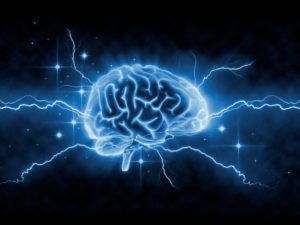 stillness and motion is a progressive process that directs and contains thought motions and gestures in an abstract configuration of geometrical shapes. In doing so, this will lift mental processes, to include emotional intelligence, into an alchemy of sacred geometry. Motion and movement are slaves to thoughts, which in turn, are enslaved by perception. This fundamental linkage runs through and within all physical and nonphysical multifaceted mathematical equations of motion. Aspects that are combined into this process are movements, expressionism, distance, speed, time, position, height, angles, and length. All are related as essential calculation tools of this formula.
stillness and motion is a progressive process that directs and contains thought motions and gestures in an abstract configuration of geometrical shapes. In doing so, this will lift mental processes, to include emotional intelligence, into an alchemy of sacred geometry. Motion and movement are slaves to thoughts, which in turn, are enslaved by perception. This fundamental linkage runs through and within all physical and nonphysical multifaceted mathematical equations of motion. Aspects that are combined into this process are movements, expressionism, distance, speed, time, position, height, angles, and length. All are related as essential calculation tools of this formula.
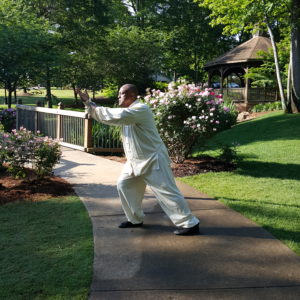 “Peng Jing” translates as ward off. It’s an explosive outward energy of expansive mind/body connections. Energy is expressed upward and outward, disrupting the opponents center and using one’s whole body/posture, unified, through gathering, strengthening, transforming energy and returning it back to the opponent explosively. “Lu Jing” translates as rollback. The challenge is to receive and lead the oncoming force into the emptiness while dissolving into the void. “Ji Jing” translates as press and the idea is to squeeze energy by collapsing and gently squeezing inside the elbow while collapsing and concentrating the force of energy into a small area. “An Jing” translates as push. The goal is to merge with the opponent’s force, either pushed downward or upward received, and return force pushing into the earth. “Cai Jing” translates as pluck, and implies disturbing the opponent’s balance/structure by executing a quick plucking/pulling motion downwards, and usually on an angle uprooting the opponent. “Lie Jing” translates as rend. Here, the purpose is that while one limb or body part pushes or pulls, another moves in the opposite direction in a kind of ripping or tearing action. The responding energy should balance out the action splitting opponent’s energy. “Zhou Jing” means elbow. Usually the use of the elbow is an advanced technique and is within the form, hidden within the general movements of the form itself. The use of the elbow is very forceful. It has penetrating power when combined with intention and proper alignment of the body using full body weight behind it. Elbow, forearms, shin and knees are used with this jing. The striking surfaces execute penetrating force when used properly against the opponent. “Kao Jing” translates as shoulder stroke. As mentioned above, the entire body is used in tai chi as a weapon. Tai chi also uses the back, stomach, waist, and body bumping which uses the entire body to strike or block. There’s an old saying that describes the concepts of expressing energy in tai chi chuan, it states:
“Peng Jing” translates as ward off. It’s an explosive outward energy of expansive mind/body connections. Energy is expressed upward and outward, disrupting the opponents center and using one’s whole body/posture, unified, through gathering, strengthening, transforming energy and returning it back to the opponent explosively. “Lu Jing” translates as rollback. The challenge is to receive and lead the oncoming force into the emptiness while dissolving into the void. “Ji Jing” translates as press and the idea is to squeeze energy by collapsing and gently squeezing inside the elbow while collapsing and concentrating the force of energy into a small area. “An Jing” translates as push. The goal is to merge with the opponent’s force, either pushed downward or upward received, and return force pushing into the earth. “Cai Jing” translates as pluck, and implies disturbing the opponent’s balance/structure by executing a quick plucking/pulling motion downwards, and usually on an angle uprooting the opponent. “Lie Jing” translates as rend. Here, the purpose is that while one limb or body part pushes or pulls, another moves in the opposite direction in a kind of ripping or tearing action. The responding energy should balance out the action splitting opponent’s energy. “Zhou Jing” means elbow. Usually the use of the elbow is an advanced technique and is within the form, hidden within the general movements of the form itself. The use of the elbow is very forceful. It has penetrating power when combined with intention and proper alignment of the body using full body weight behind it. Elbow, forearms, shin and knees are used with this jing. The striking surfaces execute penetrating force when used properly against the opponent. “Kao Jing” translates as shoulder stroke. As mentioned above, the entire body is used in tai chi as a weapon. Tai chi also uses the back, stomach, waist, and body bumping which uses the entire body to strike or block. There’s an old saying that describes the concepts of expressing energy in tai chi chuan, it states: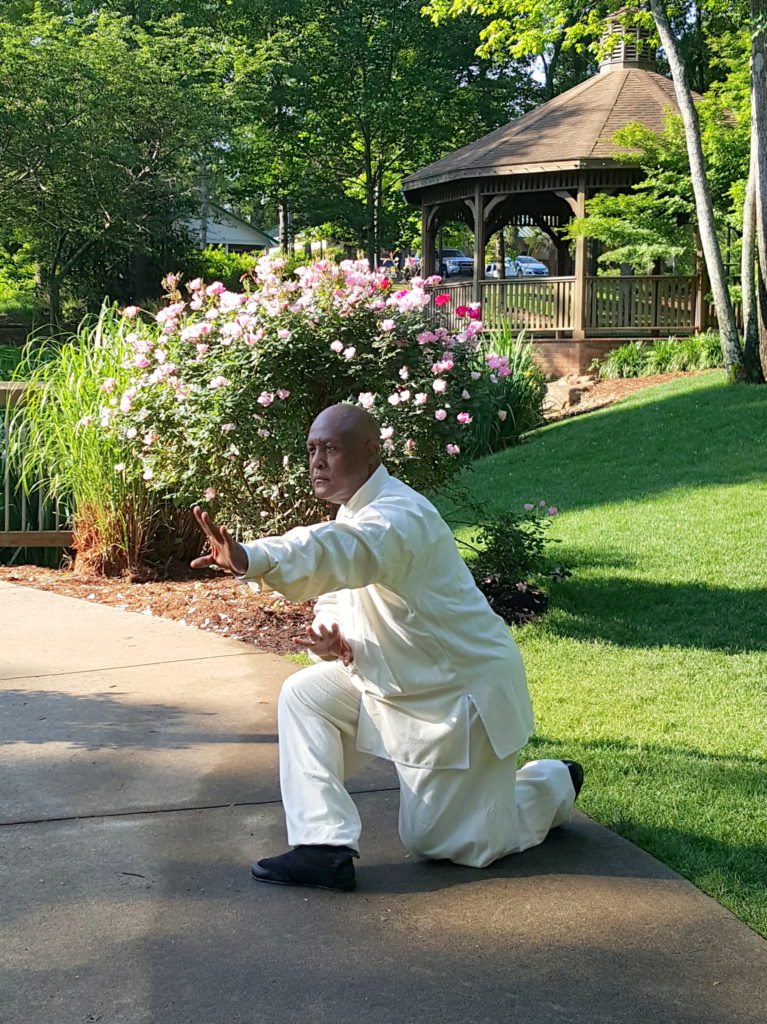 In the studying tai chi chuan, these concepts should be studied and expressed in all thoughts /movements. The Eight Jings are visually simplistic wrapped in intricate complexity. Becoming acquainted with concepts such as Ting Jing, Hua Jing, and Fa Jing will increase your ability to execute the concepts within the eight forces. However, you should spend time with understanding the concepts that are so deep and rich within the soil/strata of yin and yang and are infinite in the combinations that may be expressed. Limitations exist upon the individual’s lack of understanding of the Eight Jings. Having a better understanding of the three jings, Ting, Hua and Fa, will elevate the concepts of join, stick, and follow. Join reminds and teaches us to forget about the self and to join as one with the opponent in all of his moves. Stick brings to mind the concept of becoming one …no separation. It reminds us that there should be no separation between us and the opponent. Follow teaches us and reminds us to stay in the moment and adapt every minute motion that is executed by the opponent, then change it immediately to shadow the opponent.
In the studying tai chi chuan, these concepts should be studied and expressed in all thoughts /movements. The Eight Jings are visually simplistic wrapped in intricate complexity. Becoming acquainted with concepts such as Ting Jing, Hua Jing, and Fa Jing will increase your ability to execute the concepts within the eight forces. However, you should spend time with understanding the concepts that are so deep and rich within the soil/strata of yin and yang and are infinite in the combinations that may be expressed. Limitations exist upon the individual’s lack of understanding of the Eight Jings. Having a better understanding of the three jings, Ting, Hua and Fa, will elevate the concepts of join, stick, and follow. Join reminds and teaches us to forget about the self and to join as one with the opponent in all of his moves. Stick brings to mind the concept of becoming one …no separation. It reminds us that there should be no separation between us and the opponent. Follow teaches us and reminds us to stay in the moment and adapt every minute motion that is executed by the opponent, then change it immediately to shadow the opponent.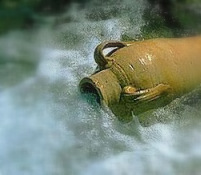 action follows thought, it is necessary for an opponent to allow his mind to exist from the reference point of the adversary. This means not to force your actions against the action of the exchange, but to harmoniously engage the opponent’s thoughts as they are expressed and committed. It is a necessary position in order to form a reference point for that adversary. The reference point reveals a multitude of possibilities, and these references dissolve from moment to moment and may not be the same upon repetition.
action follows thought, it is necessary for an opponent to allow his mind to exist from the reference point of the adversary. This means not to force your actions against the action of the exchange, but to harmoniously engage the opponent’s thoughts as they are expressed and committed. It is a necessary position in order to form a reference point for that adversary. The reference point reveals a multitude of possibilities, and these references dissolve from moment to moment and may not be the same upon repetition. At the same time as the internal Self begins its collective organization of knowledgeable principles, the Five Senses along with the emotions, have begun to establish elementary relationships and connections with both the material elements and how the senses perceive them. The Self becomes aware of Self and the physical world by way of interaction of senses. This interaction causes stimuli of the emotional intelligence, creating a reciprocal effect with powerful psychological influences and imprinting on the perceptions and sensory cortex. This establishes a foundation of the development of schema, which will become self-perpetrating within one’s self, if patterns, exposures, and habits remain.
At the same time as the internal Self begins its collective organization of knowledgeable principles, the Five Senses along with the emotions, have begun to establish elementary relationships and connections with both the material elements and how the senses perceive them. The Self becomes aware of Self and the physical world by way of interaction of senses. This interaction causes stimuli of the emotional intelligence, creating a reciprocal effect with powerful psychological influences and imprinting on the perceptions and sensory cortex. This establishes a foundation of the development of schema, which will become self-perpetrating within one’s self, if patterns, exposures, and habits remain.
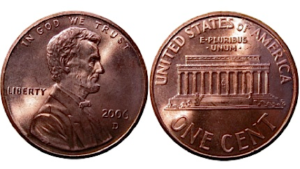 Within Man, lies the seeds of perfection as well as self-destruction. Within the mind of man is the crystallization of everything that was and everything that can be. Nothing has been or will be physically manifested into this world of man except by or through the mind of man. This requires a harmonious mental/emotional environment to assist in developing in a natural and creative state through reason. The mathematical decisiveness of the reasoning abilities of man stand as judge and jury in his logical upward development. Reason is the stairway to logic. Reason must follow a path of subjective and objective contemplation to arrive at a logical summation.
Within Man, lies the seeds of perfection as well as self-destruction. Within the mind of man is the crystallization of everything that was and everything that can be. Nothing has been or will be physically manifested into this world of man except by or through the mind of man. This requires a harmonious mental/emotional environment to assist in developing in a natural and creative state through reason. The mathematical decisiveness of the reasoning abilities of man stand as judge and jury in his logical upward development. Reason is the stairway to logic. Reason must follow a path of subjective and objective contemplation to arrive at a logical summation.